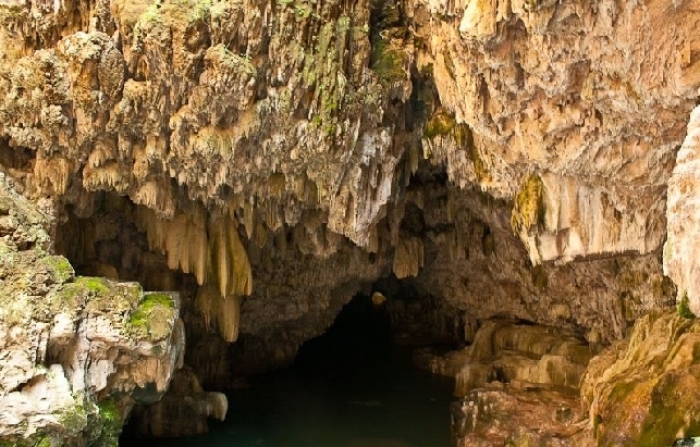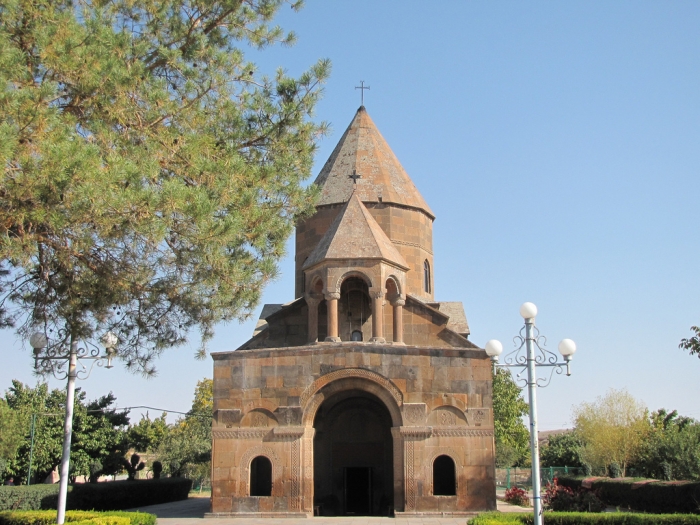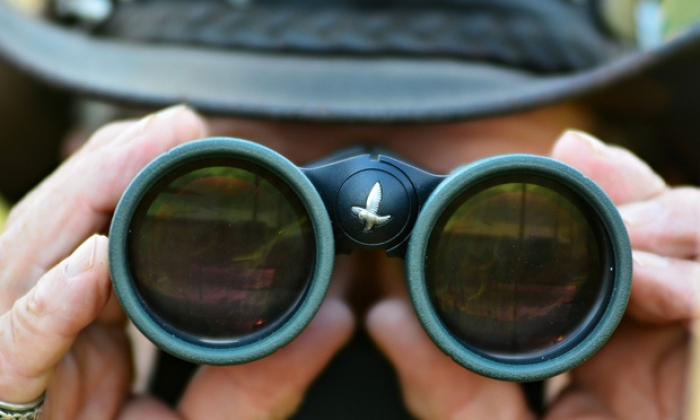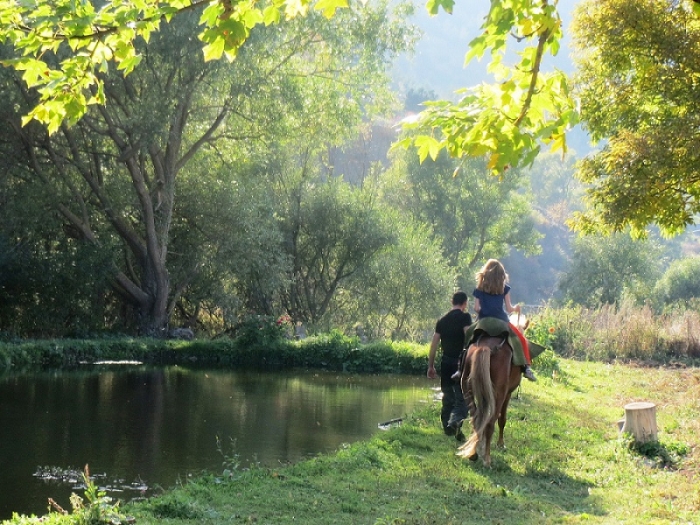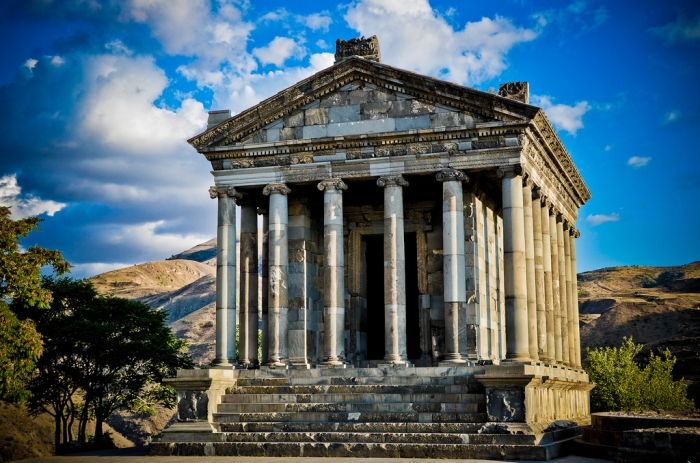Garni Temple to Mythra
The pagan Temple of Garni is located in the same name village, in Kotayk Region which is some 35 km southwest of Yerevan. During the reconstruction of the fortress on the hill they started to build Garni Temple (77 AD). After the adoption of Christianity, all the pagan temples in Armenia were demolished except Garni. The reason how the temple could survive till nowadays is that the sister of the King TrdatIII, Kosrovdukht, had turned the place into her summer residence. The huge earthquake destroyed the defensive walls of the castle and the temple in 1679. The construction started in 1949.
The temple was dedicated to Mythra, a deity popular in the Near East which became the patron goddess of the Roman Empire in the period before Christianity. The name “Mythra” is synonymous with the Greek word “Helios”, which means the sun or sun god, and is a variant of early Vedic (“Mitra”) and Persian (“Mihr/Mehr”) deities.
The temple is a Greco-Roman, Ionic style on a podium originally 3 meters in height. On the Northern side of the temple, a broad (8 meters) stairway with nine steps leads to the inner sanctum. At the entry to the sanctuary, among the inscriptions and bas-relief figures, there are Arabic inscriptions commemorating the capture of the fortress and converting the temple into a mosque.
The Bathhouse consists of 4 rooms, succeeding each other in the same direction. The first room, due to its position and inner more gorgeous design (mosaic floor, a pool created within a curvilinear delve, etc.) was the lobby-cloakroom of the bathhouse. With the same planning sizes and shapes, the second and the third rooms served as bathrooms, the 2nd room – for cold water and the 3rd one – for lukewarm water. Most of the 4th room, which immediately alternates the cold and lukewarm bathrooms and also has their shape and sizes, was the bathroom for hot water. In the north-western part the reservoir was located, and under the ground of the south-western part – the furnace meant for heating the water. Of scientific-artistic interest is the mosaic of the cloakroom, which is a monument representing monumental painting of pre-Christian Armenia.The 15-color natural stone-made mosaic floor of the bathroom is still preserved.
Gallery
https://eltravelclub.am/en/attractions/temples-churches-castles/item/206-garni-temple-to-mythra#sigProIdf03c1d603b




